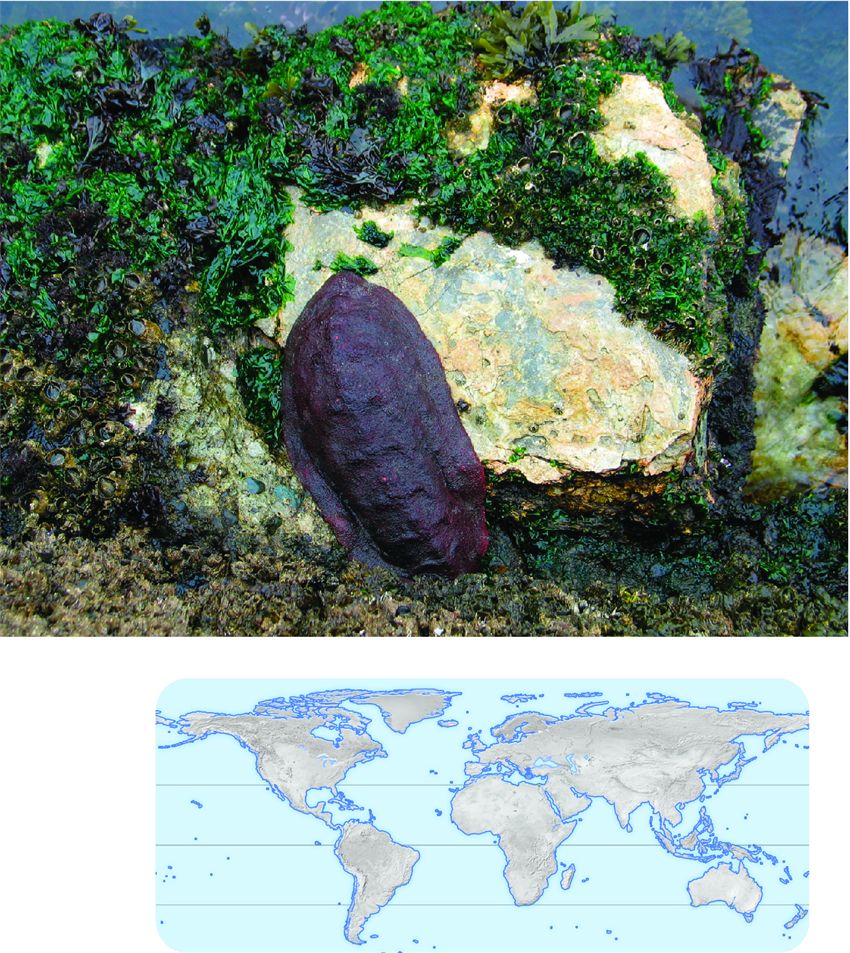 |
| Previous Image | Next Image |
| Description: Physical Environment: The intertidal zone, the area where the land meets the sea, is alternately submerged and exposed by the daily cycle of tides. The resident organisms are subject to huge daily variation in temperature, light intensity, and availability of seawater, which makes life difficult. Location: Throughout the world, the area where the land meets the sea consists of sandy shore, mudflats, or rocky shore. Commonly, there is a vertical zonation consisting of three broad zones, most evident on rocky shores. The upper intertidal zone is submerged only during the highest tides. The middle intertidal zone is submerged during the highest regular tide and exposed during the lowest tide each day. The lower intertidal zone is exposed only during the lowest tide. Plant Life: Plant life may be quite limited because the sand or mud is constantly shifted by the tide. Mangroves may colonize mudflats in tropical areas, and salt marsh grasses may colonize mudflats in temperate locations. On the rocky shore, primary producers include green algae and seaweeds. Animal Life: Animal life may be quite diverse. On the rocky shore, sea anemones, snails, hermit crabs, and small fishes live in tide pools. On the rock face, there may be a variety of limpets, mussels, sea stars, sea urchins, snails, sponges, tube worms, whelks, isopods, and chitons. At low tides, organisms may be dry and vulnerable to predation by a variety of animals, including shorebirds and mammals. High tides bring predatory fish. In sandy or muddy shores, the biome may contain burrowing marine worms, crabs, and small isopods. Effects of Humans: Urban development has greatly reduced the beach area available to breeding turtles and shorebirds. Oil spills have greatly impacted some rocky intertidal areas.
Picture Stats: Views: 970 Filesize: 226kB Height: 953 Width: 850 Source: https://biology-forums.com/index.php?action=gallery;sa=view;id=1351 |
